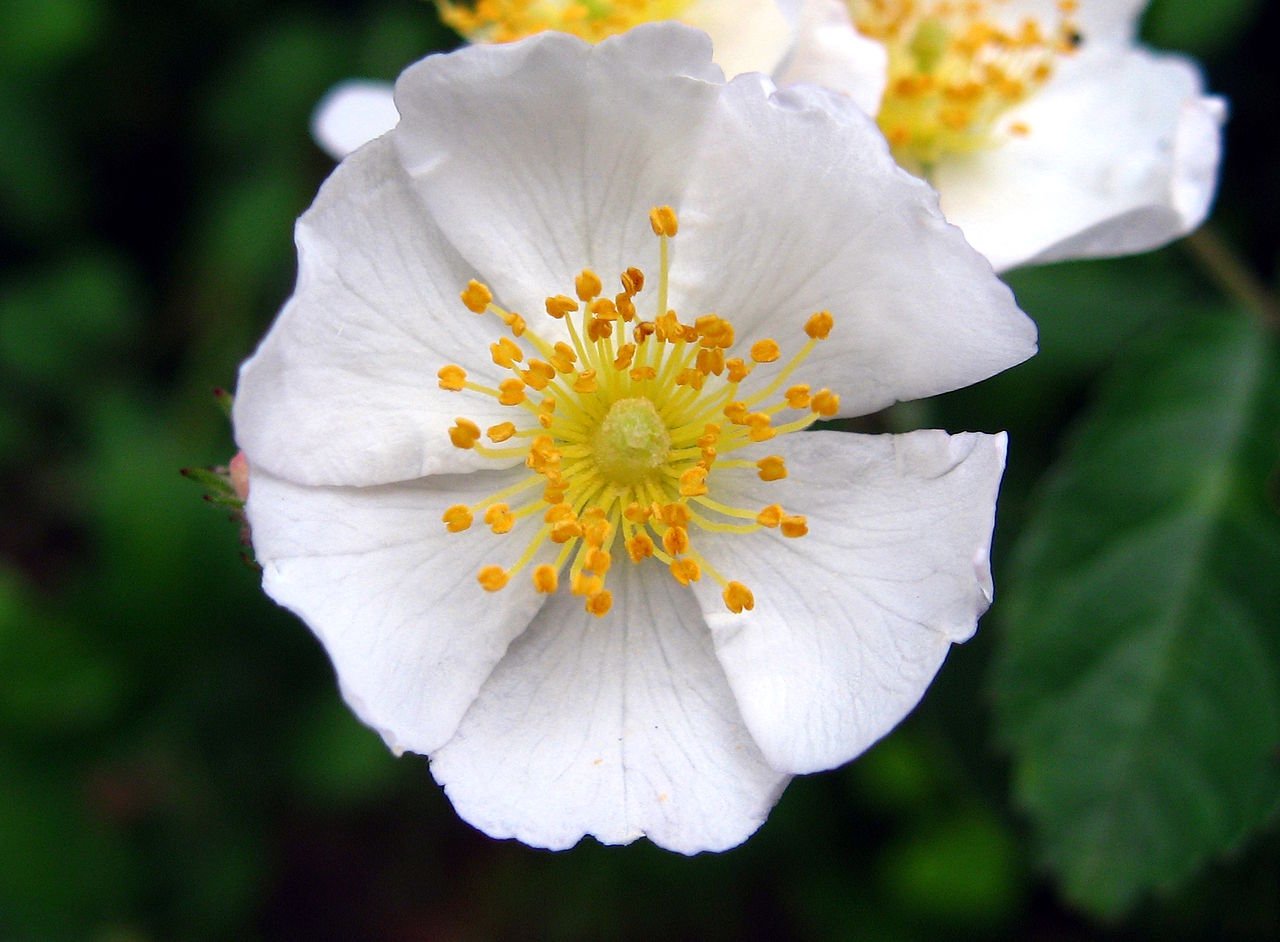
Multiflora Rose
ERG's invasives pages point out that various invasive species are either prohibited or regulated in other states, particularly those in the northeast and upper midwest. But Indiana does not like to regulate and so you can find invasives like Japanese Barberry, Bush Honeysuckle, and Burning Bush for sale at local garden and home centers. But multiflora rose is different (Indiana Code, § 14-24-12-5):
Sec. 5. (a) Except as provided in section 6 of this chapter, a person may not plant any variety of rosa multiflora in Indiana unless the person has a permit issued by the division director authorizing the planting of the variety of rosa multiflora. (b) The only purpose for which the division director may issue a permit authorizing the planting of rosa multiflora under subsection (a) is for the use of rosa multiflora in controlled experiments.
Multiflora rose in bloom
Multiflora rose hips
Multiflora Rose flower
-
Multiflora rose is a thorny, perennial shrub with arching stems (canes), and leaves divided into five to eleven sharply toothed leaflets. The base of each leaf stalk bears a pair of fringed bracts. It produces clusters of showy, fragrant, white to pink flowers ordinarily in June. Small bright red fruits, or rose hips, develop during the summer. Birds eat the fruits and spread the plant widely.
-
Multiflora rose tolerates a large array of conditions. You can find it throughout Beverly Shores. When it isn't in flower, you will most likely notice it when you get stopped by its thorny canes.
-
Multiflora rose is extremely prolific and can form impenetrable thickets that exclude native plant species. This exotic rose readily invades open woodlands, forest edges, successional fields, savannas and prairies that have been subjected to land disturbance.
-
Like most invasives, treatment requires cutting multiflora rose and treating the cut canes with an herbicide such as glyphosate.

